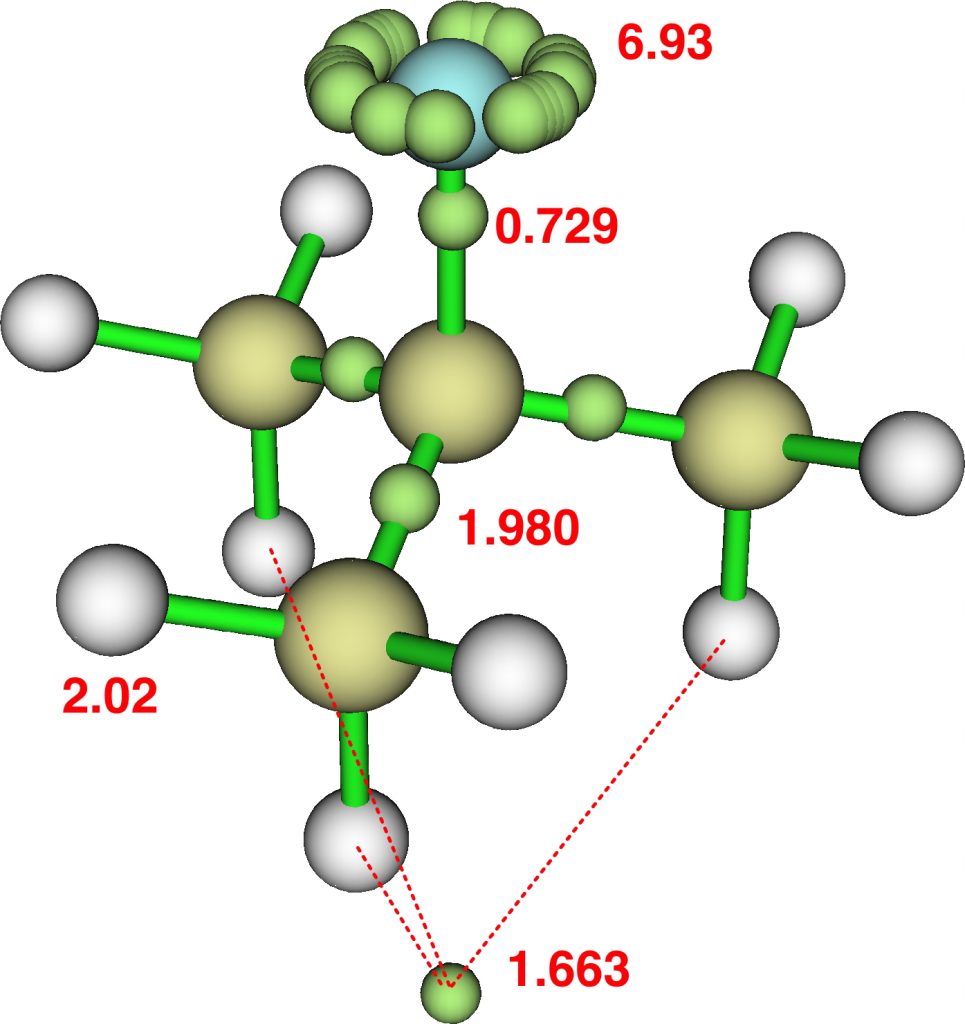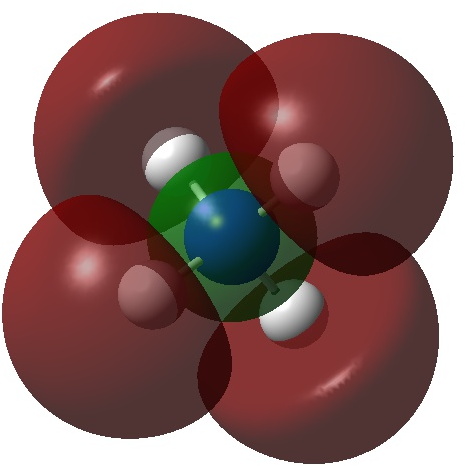
Last year, this article attracted a lot of attention as the first example of molecular helium in the form of Na2He.

Last year, this article attracted a lot of attention as the first example of molecular helium in the form of Na2He.
Last year, I showed photos of wildflower meadows in west London close to where we live, evolving as the seasons changed. Today we hear the announcement that London itself is set be declared the world’s first National Park City in 2019.
The topic of open citations was presented at the PIDapalooza conference and represents a third component in the increasing corpus of open scientific information.

Another occasional conference report (day 1). So why is one about “persistent identifiers” important, and particularly to the chemistry domain?
I don’t normally write about the pharmaceutical industry, but I was intrigued by several posts by Derek Lowe (who does cover this area) on the topic of creating new drugs by deuterating existing ones. Thus he covered the first deuterated drug receiving FDA approval last year, having first reviewed the concept back in 2009.

I discussed the molecule the molecule CH 3 F 2- a while back.
The title here is from an article on metalenses which caught my eye.
Recollect the suggestion that diazomethane has hypervalent character. When I looked into this, I came to the conclusion that it probably was mildly hypervalent, but on carbon and not nitrogen. Here I try some variations with substituents to see what light if any this casts.
In the previous post, I referred to a recently published review on hypervalency which introduced a very simple way (the valence electron equivalent γ) of quantifying the effect. Diazomethane was cited as one example of a small molecule exhibiting hypervalency (on nitrogen) by this measure.
A recently published review on hypervalency introduced a very simple way of quantifying the effect. One of the molecules which was suggested to be hypervalent using this method was diazomethane. Here I take a closer look.

Alkalides are anionic alkali compounds containing e.g. sodide (Na – ), kalide (K – ), rubidide (Rb – ) or caeside (Cs – ). Around 90 examples can be found in the Cambridge structure database (see DOI: 10.14469/hpc/3453 for the search query and results). So what about the ammonium analogue, ammonide (NH 4 – )? A quick search of Scifinder drew a blank!